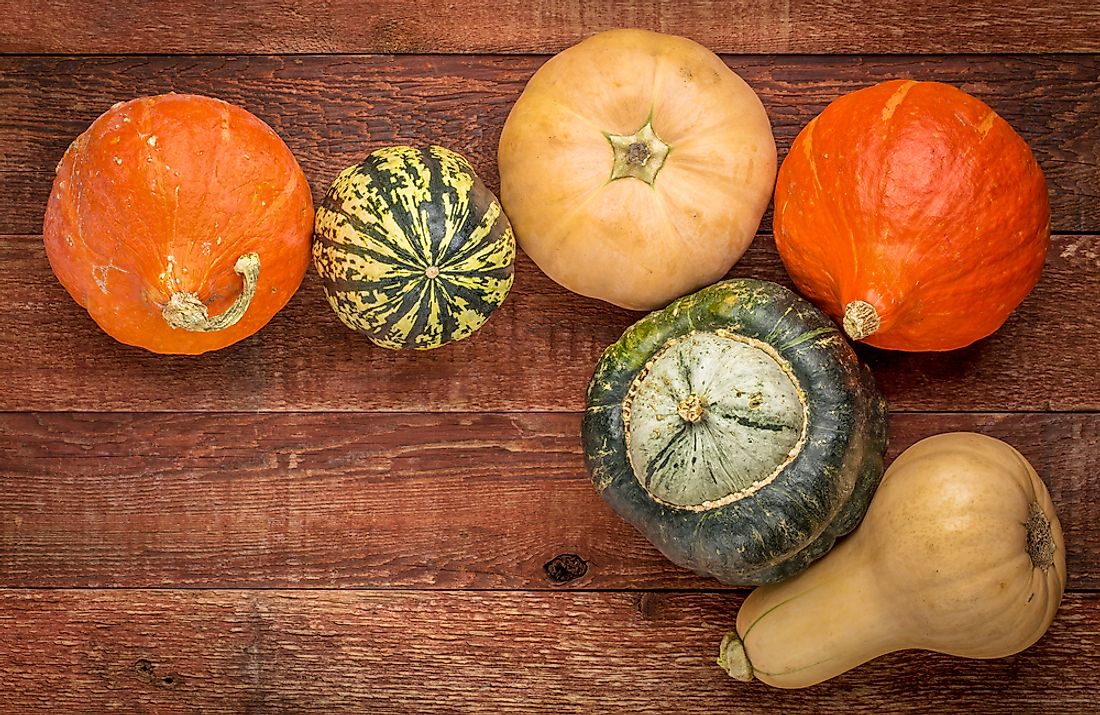What are The "Three Sisters" Crops?

The “three sisters crops” is a term used to describe three crops of great significance, and they include corn, winter squash, and beans, which were traditionally grown by the indigenous populations in parts of north America. The crops were the main livelihoods and were widely used because of their nutritional value. The three crops were produced by intercropping also known as companion planting. The three crops benefit from each other; corn provides external support to beans (a climbing plant), and beans in turn are nitrogen fixing from the atmosphere into the soil while squash which grows by spreading on the ground, suppresses weeds by blocking them from receiving sunlight.
Corn
Corn (also known as maize) is among the earliest domesticated plants in history. The plant is believed to have originated from Mexico where it was domesticated by Native Americans about 9,000 years ago. The early Mexico Mayas and Olmecs cultivated the crop for thousands of years which became a staple for the community and by the 1st century AD, its cultivation had spread throughout Latin America. Native Americans also used corn as a trade commodity. Corn has become the most cultivated crop in the world, with the global corn production (estimated to reach 1.038 billion tons in 2014) even surpassing that of rice and wheat.
Winter squash
Winter squash is the other constituent of the “three sisters” crops. Winter squash is the term given to various species of squash whose fruits ripening in a process which allows the squash to be stored for use during winter. Some examples of winter squash include buttercup squash, butternut squash, cushaw squash, and the banana squash. Squash is the earliest domesticated crop of the three sisters, with the crop being domesticated Winter squash is of great economic value as some species such as butternut squash are some of the most cultivated crops in the world and provide income to millions of farmers around the world.
Beans
The other member of the “three sisters” crops are the beans. Beans are among the most earliest domesticated crops with the crop being cultivated by Mesoamericans as early as the 20th century BC. However, the plant already existed in the wild and was consumed by people around the world, from Ancient Egypt to East Asia for thousands of years. Beans have great nutritional value and are some of the best sources of soluble fiber (necessary for countering blood cholesterol), iron and dietary proteins. The global production of beans is estimated to be 23.14 million tons each year with Myanmar being the largest producer of the crop, with an annual production of about 3.8 million tons.
Milpa System
The traditional process of growing the “three sisters” crops in Mesoamerica is known as milpa. The word “milpa” is a Nahuatl phrase which translates to “maize field.” The farming system is modeled from the ancient farming practices of the Mesoamerican tribes who intercropped the “three sisters” aimed to increase productivity and the nutritional value of the three crops. In the milpa system, a cultivation cycle spans two years after which the land is left fallow for eight years. The milpa system is employed extensively in Yucatan peninsula, Mexico.







